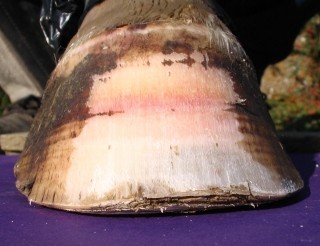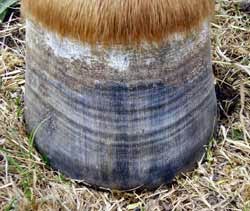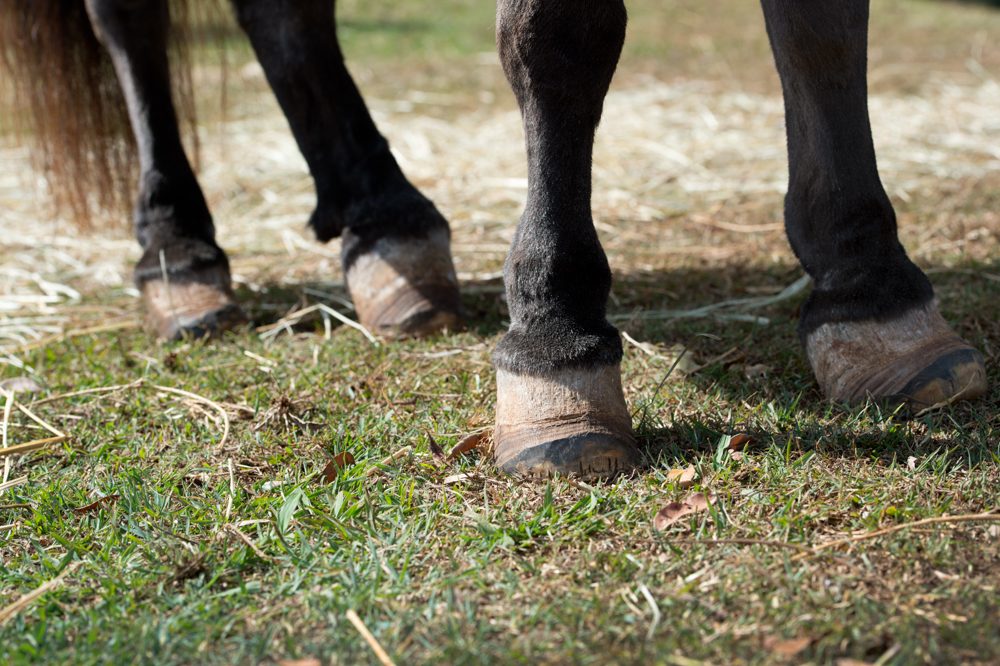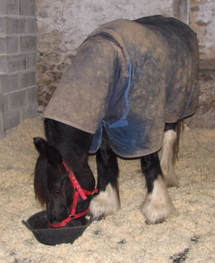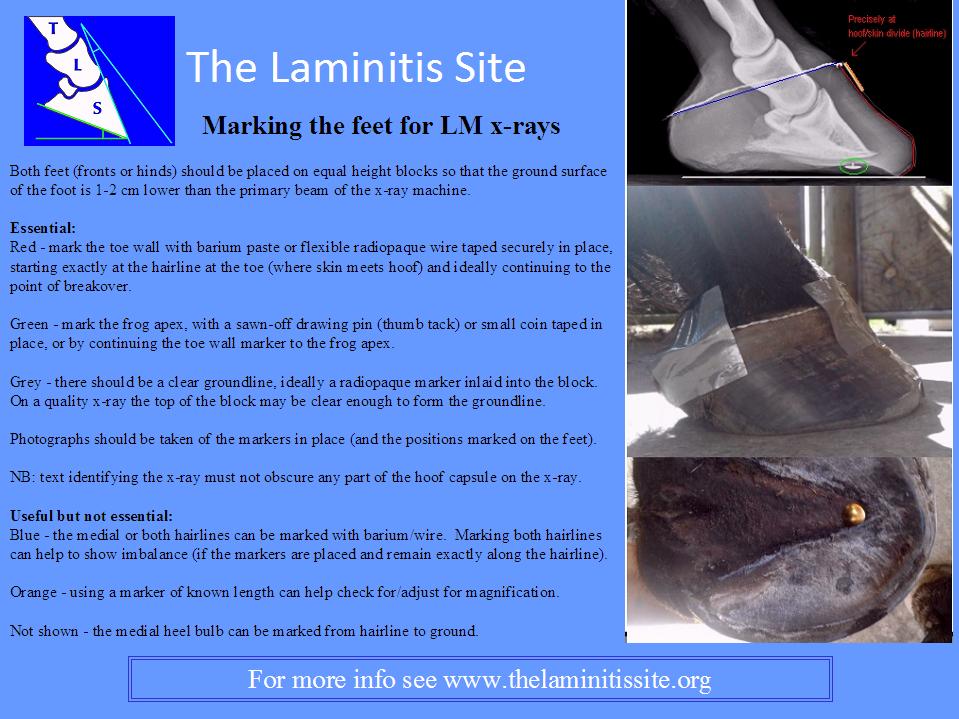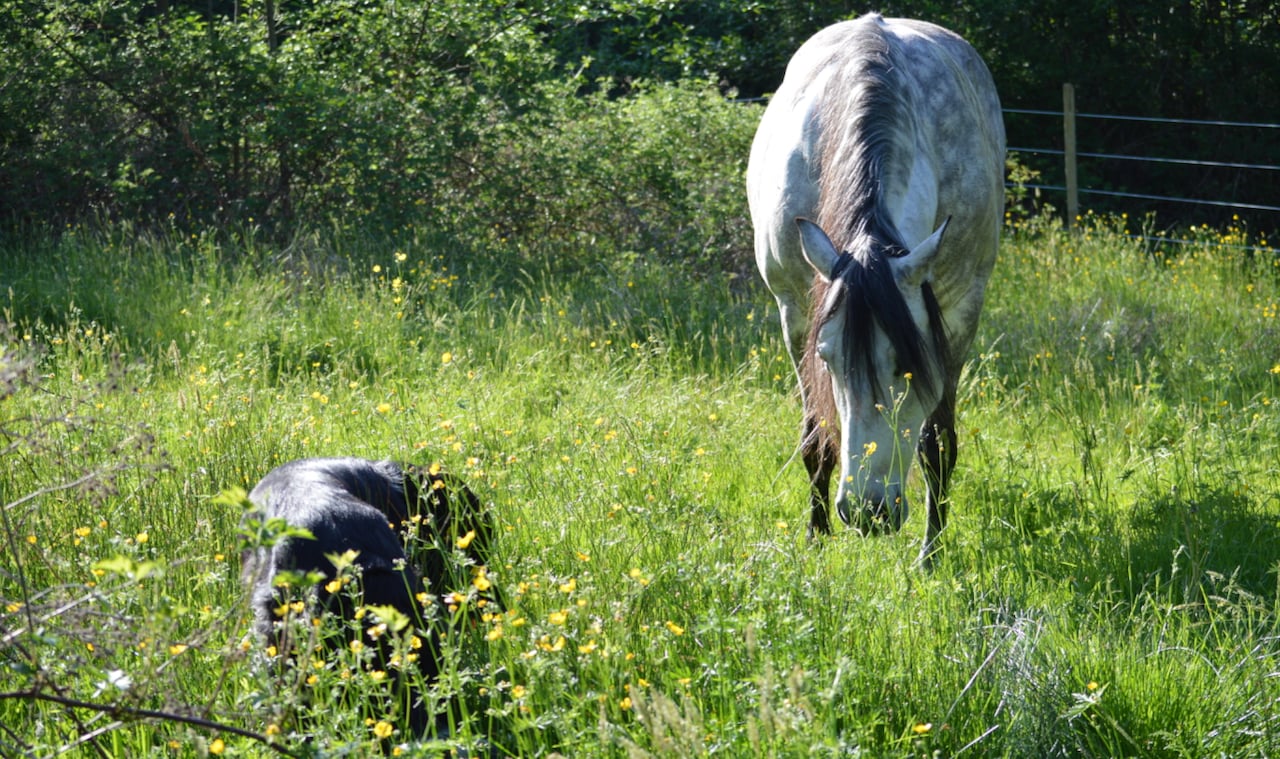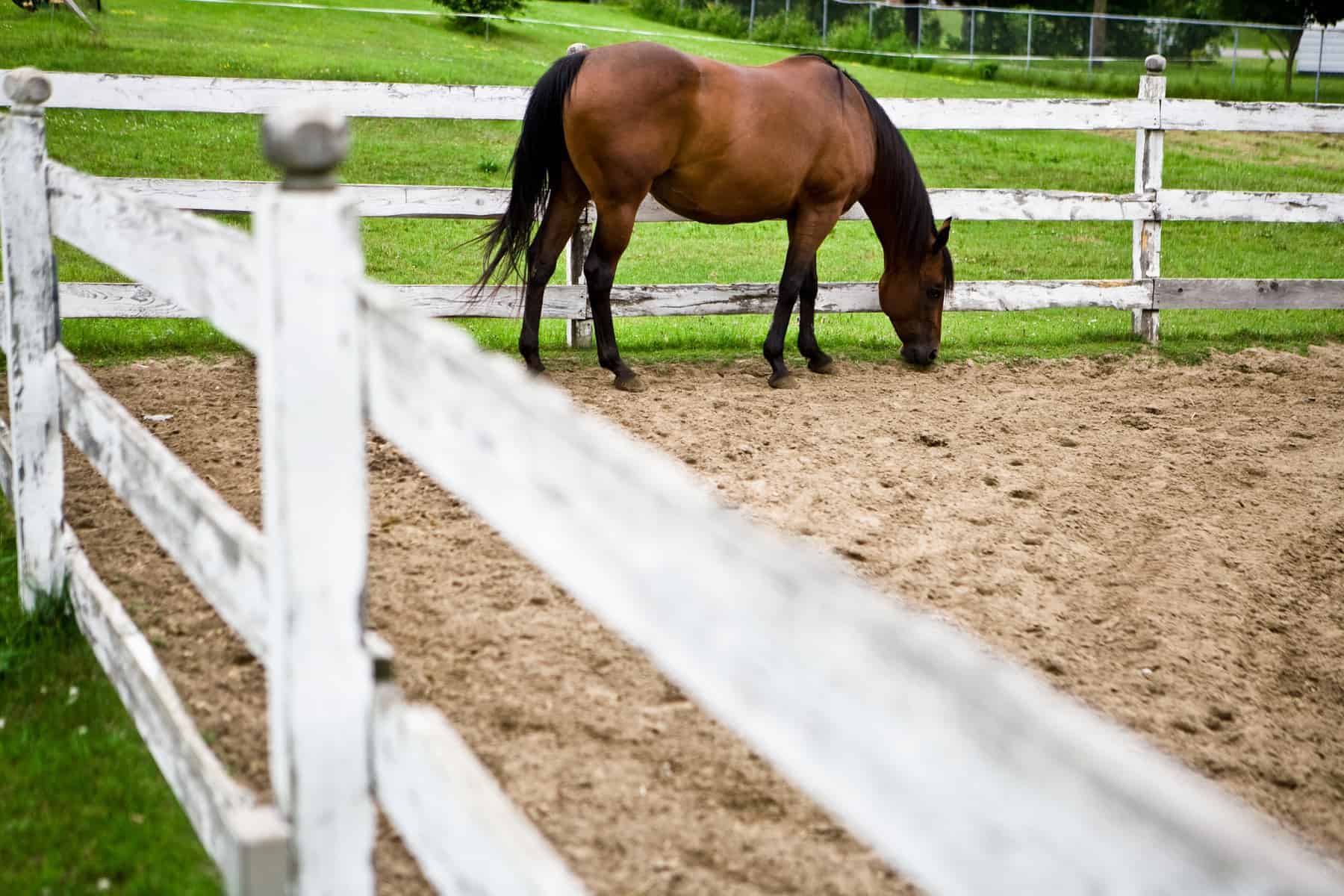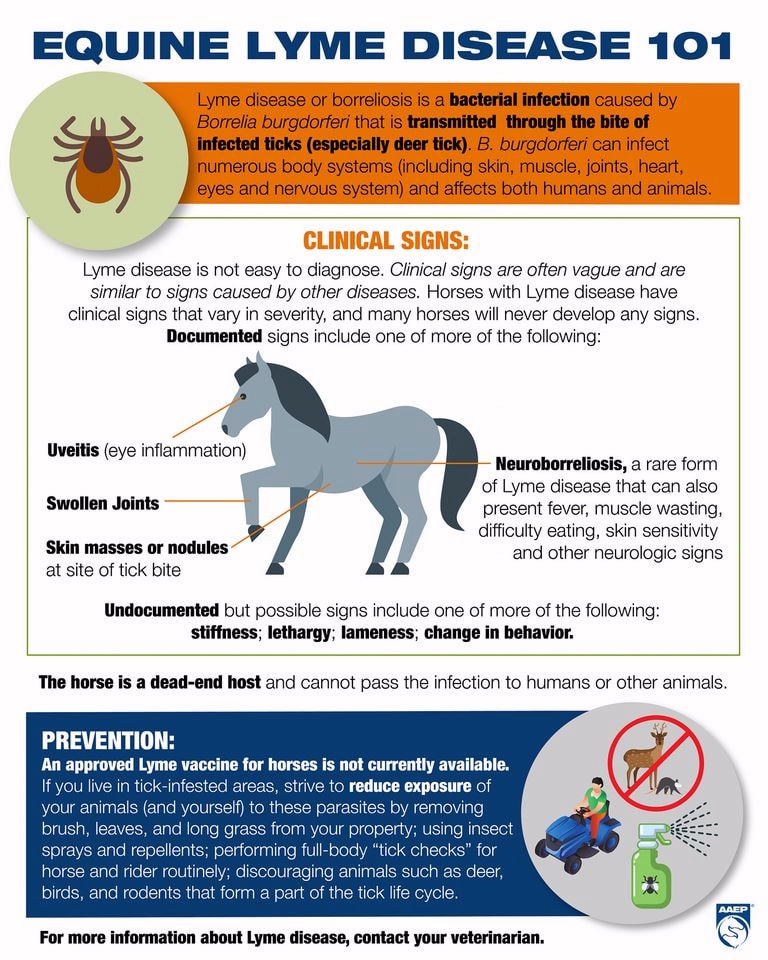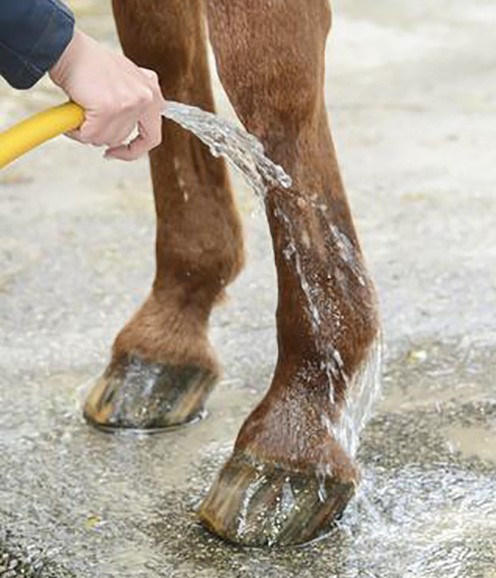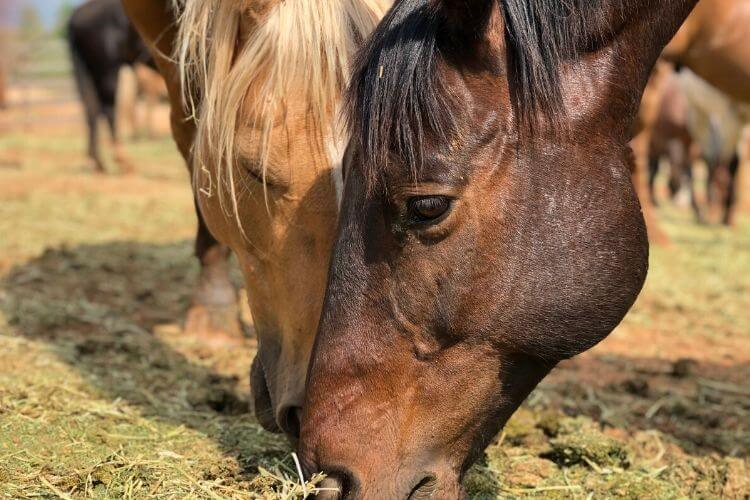Low Grade Laminitis Diet

Horses with low grade laminitis can be made comfortable and taken off bute while still having an active case of the disease.
Low grade laminitis diet. The laminitic horse s diet needs to be low in sugar we could get all very technical here and call sugars non structural carbohydr. To accomplish this the diet should be based primarily on grass hay. I didn t believe that before this year. 1 5 2 bodyweight hay depending on whether weight loss is needed 1 5 or not 2 so 7 5 10 kg for a 500 kg horse 3 75 5 kg for a 250 kg pony soaked for at least 1 hour then drained to reduce sugars or analysed to show combined sugar starch no more than 10.
Are prone to laminitis you might want to make diet. However laminitis doesn t always appear as the classic rocked back laminitic stance and bounding digital pulses. The higher the blood insulin level gets the greater the risk of laminitis developing. Digestive upsets due to grain overload such as excess grain fruit or snacks or abrupt changes in diet.
Sudden access to excessive amounts of lush forage before the horse s system has had time to adapt. If the horse has ppid also treat with medication pergolide. Supplements addressing the feet and laminitis. This type of laminitis is known as grass founder toxins released within the horse s system.
Low grade laminitis as the name suggests is a mild form of laminitis where the horse shows little of the symptoms associated with laminitis and is far more common than many horse owners realise. Hay feed approx. A horse with low grade laminitis is not only in pain and has compromised performance it can be tipped over. Low grade laminitis can smolder away with symptoms that are often not recognized by the owner.
I thought the laminitis cascade had to be stopped before the horse would find any degree of comfort. They compared these cases to 198 healthy horses and 153 horses that were grade 3 to 5 lame in one forelimb with no history of laminitis. Emergency diet for a horse with endocrinopathic laminitis feed. Laminitis is a devastating condition that can wreak havoc with any horse.
Feeding a horse with a history of laminitis can be a time consuming and confusing task and one that if not done properly can have painful consequences for your horse. The aim of trimming and shoeing horses with low grade laminitis he adds is to minimize forces on the laminae and improve blood supply to the tissues that produce hoof wall and sole.
